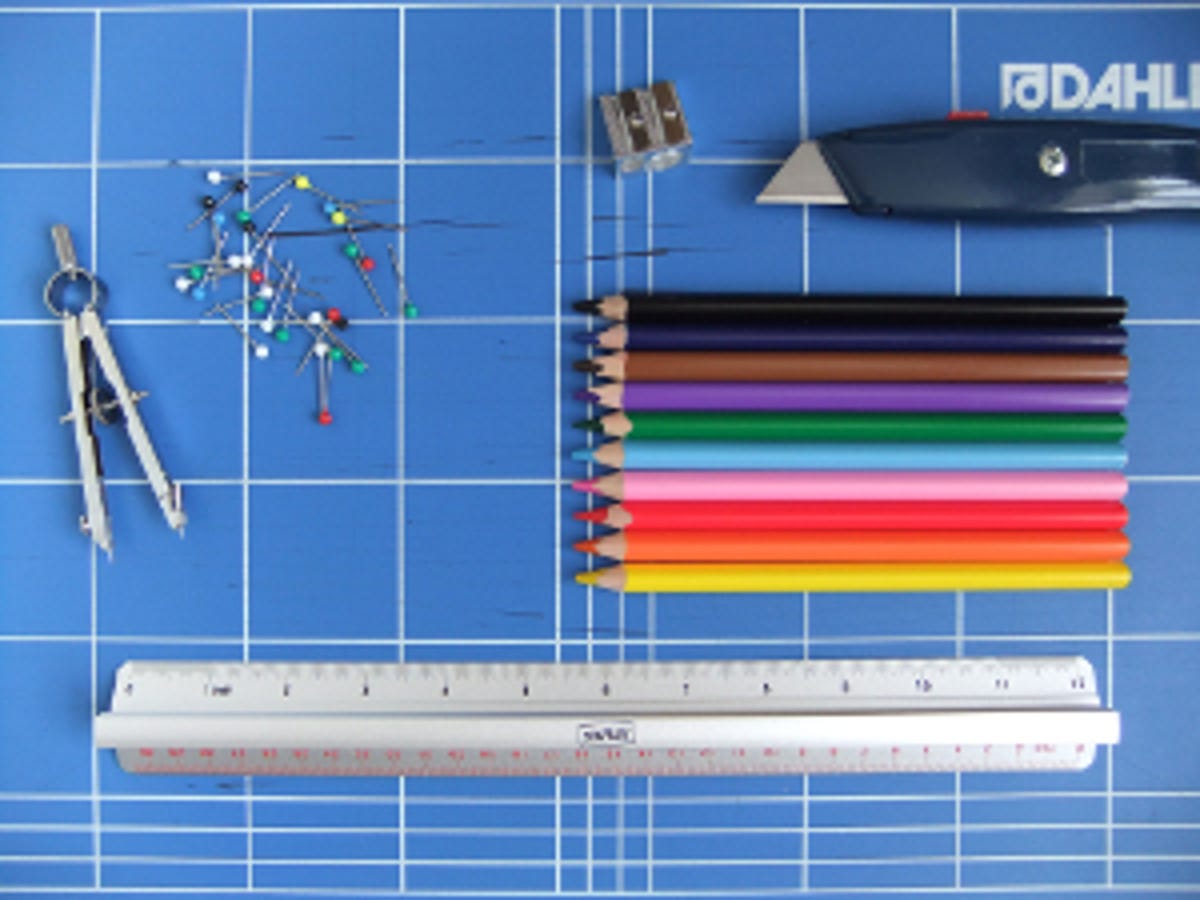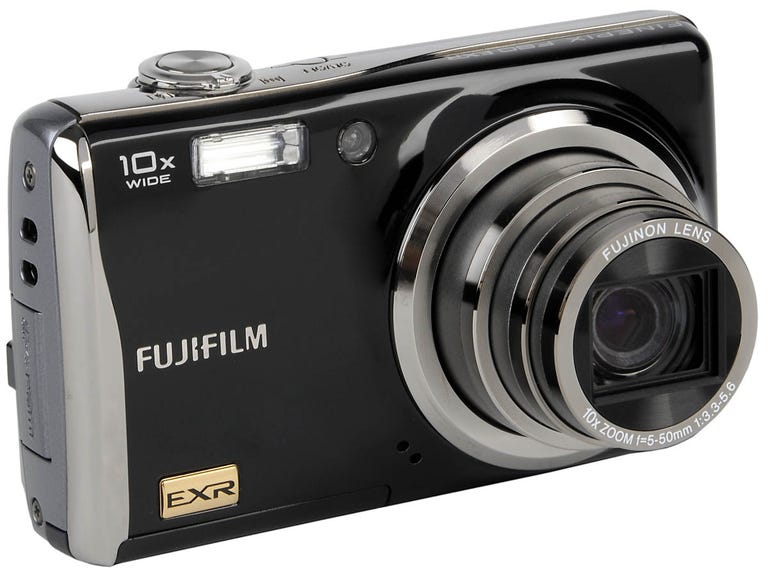 Why You Can Trust CNET
Why You Can Trust CNET Fujifilm FinePix F80EXR review: Fujifilm FinePix F80EXR
The 12-megapixel FinePix F80EXR is a versatile, 10x compact superzoom that offers good value for money. Fujifilm's EXR sensor technology no longer looks as fascinating as it once did, but the camera offers a good 720p movie mode and decent photo quality
The 12-megapixel Fujifilm FinePix F80EXR is a very interesting camera, and not just because of its EXR sensor. It also happens to be a well-made 10x compact superzoom with manual controls and a decent 720p movie mode. All of that makes the asking price of around £170 a rather pleasant surprise.
The Good
The Bad
The Bottom Line
Sensor-tive soul
The F80EXR ticks all the boxes for a compact superzoom, with a 10x, 27-270mm wide-angle lens and a hi-def movie mode in which the autofocus and zoom can be used while you're shooting. There's an aperture-priority and manual mode for photographers who want to take more control, and Fujifilm exploits its photographic film brands to offer Provia, Velvia and Astia film-simulation modes, as well as black and white, and sepia.

The key feature of this camera, though, is its EXR sensor. This is a special Fujifilm design that can pair up pixels to provide extra sensitivity and lower noise at high ISOs, or increased dynamic range in high-contrast lighting. The drawback is that, in these modes, you get images with half the resolution -- 6 megapixels instead of 12. That's still a decent-enough size for most purposes, though.
A new face-detection system can now recognise individuals rather than faces in general, and the pet-detection mode -- no, honestly, we haven't been smoking anything -- waits for your furry friend to turn towards the camera before taking a picture.
The F80EXR uses 'multi-frame' technology to allow a 'pro focus' mode with blurred backgrounds, although this does require you to have the right subjects at the right distances. A 'pro low light' mode is also available for high-quality shots in very poor light.
Duplication hellishness
But hold on a minute. You've got three different ways to shoot in low light. There's the standard ISO adjustment, the EXR high-sensitivity mode, and this pro-low-light mode too. Which are you supposed to use? Can't Fujifilm decide which one works best and ditch the rest?
There's a similar issue with the high-dynamic-range options, which exist both in the normal shooting modes and in the EXR mode. These too appear to be different solutions to the same problem.
This is something we've complained about before with the FinePix F70EXR, the F80EXR's predecessor. The EXR mode, in which you choose between high-resolution, high-sensitivity or high-dynamic-range options, is separate to the others, and yet there's clearly some crossover in features between the EXR mode and the rest. Which do you use? What's the difference? If the EXR tech is so good, why is it confined to a separate shooting mode?
The other issue with this camera is the slightly odd look that its pictures have under magnification. Details have a weird, synthetic appearance -- it might perhaps be preferable to the mushy over-smoothing produced by some other cameras, but not by much. At least the serious chromatic-aberration issues we reported with the F70EXR seem to have gone.
Fujifilm needs to work out what to do with this EXR technology for another reason. Other manufacturers, especially those exploiting the latest back-illuminated CMOS sensors, have made big strides in high-ISO performance. Whatever quality advantages the EXR sensor might once have conferred in this respect are pretty hard to spot now. And there are also other ways to shoot high-dynamic-range shots that don't need special sensor tech, instead combining two separate exposures taken in quick succession. Ricoh's CX3, for example, uses this method.
Conclusion
The FinePix F80EXR is a good-looking camera that's pleasant to handle and use, but Fujifilm's really got to do something about the tangle of alternative shooting options created by the EXR sensor tech. In fact, it might be a much better camera if it just had a perfectly ordinary sensor and a slimmed-down set of controls.
Edited by Charles Kloet
